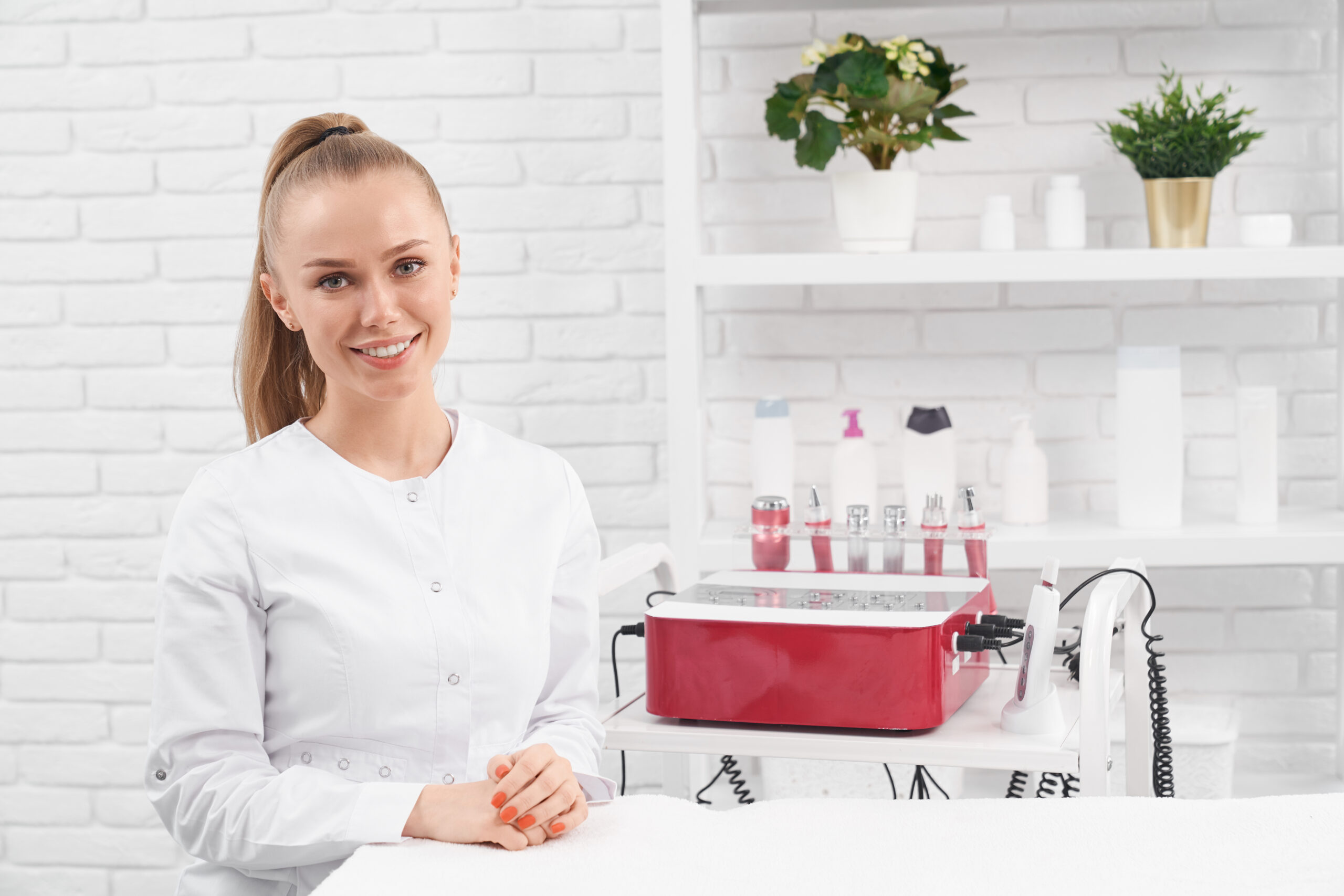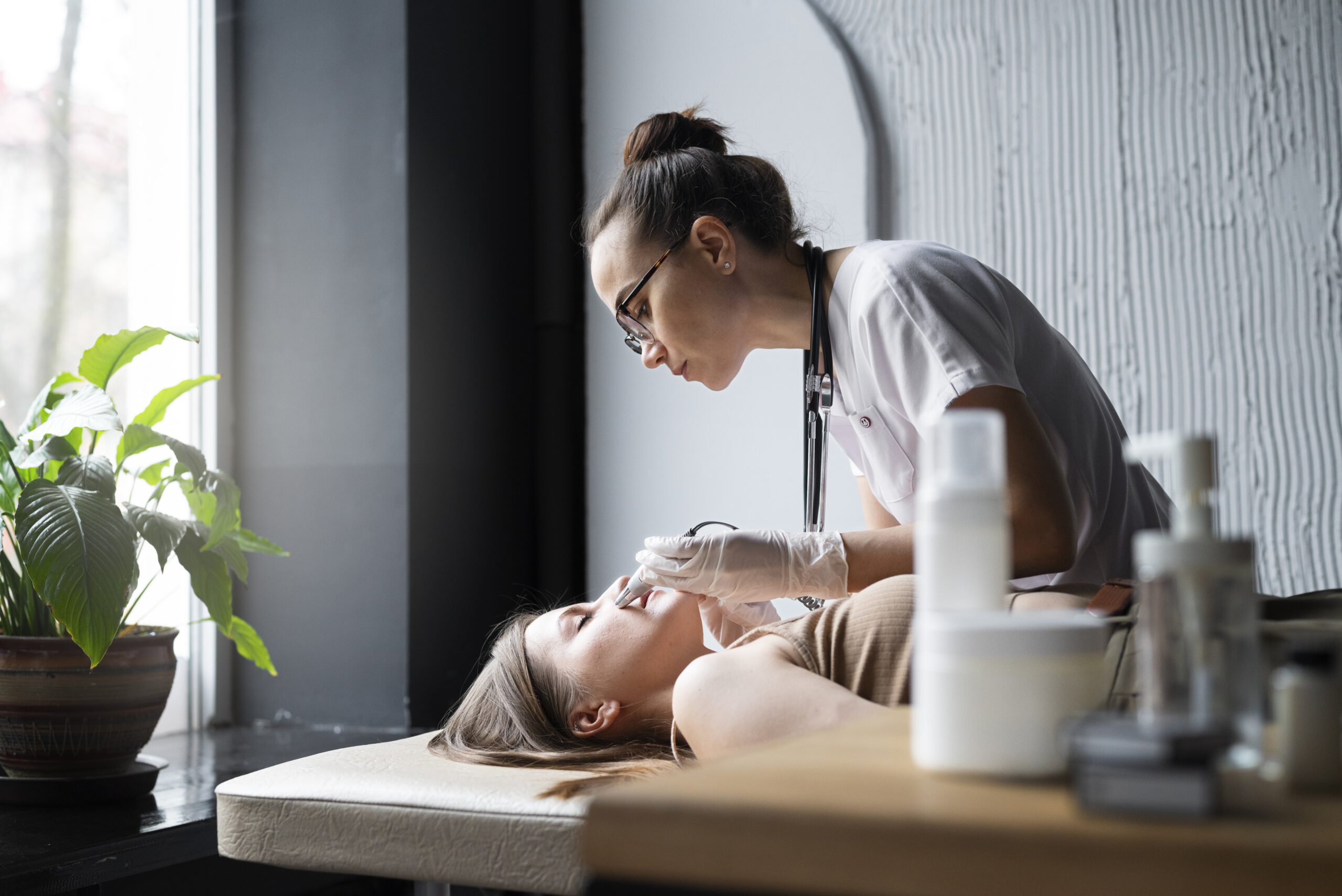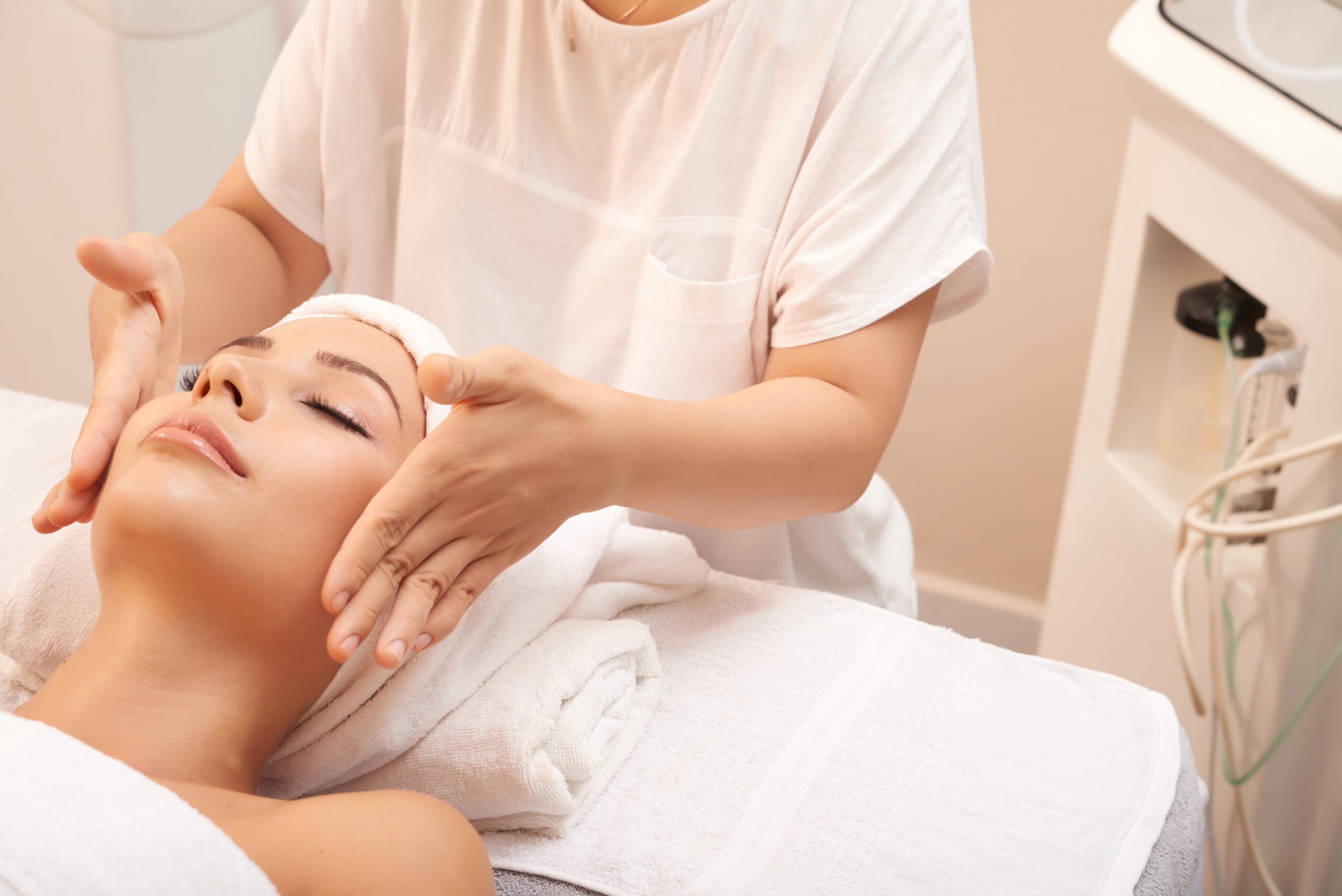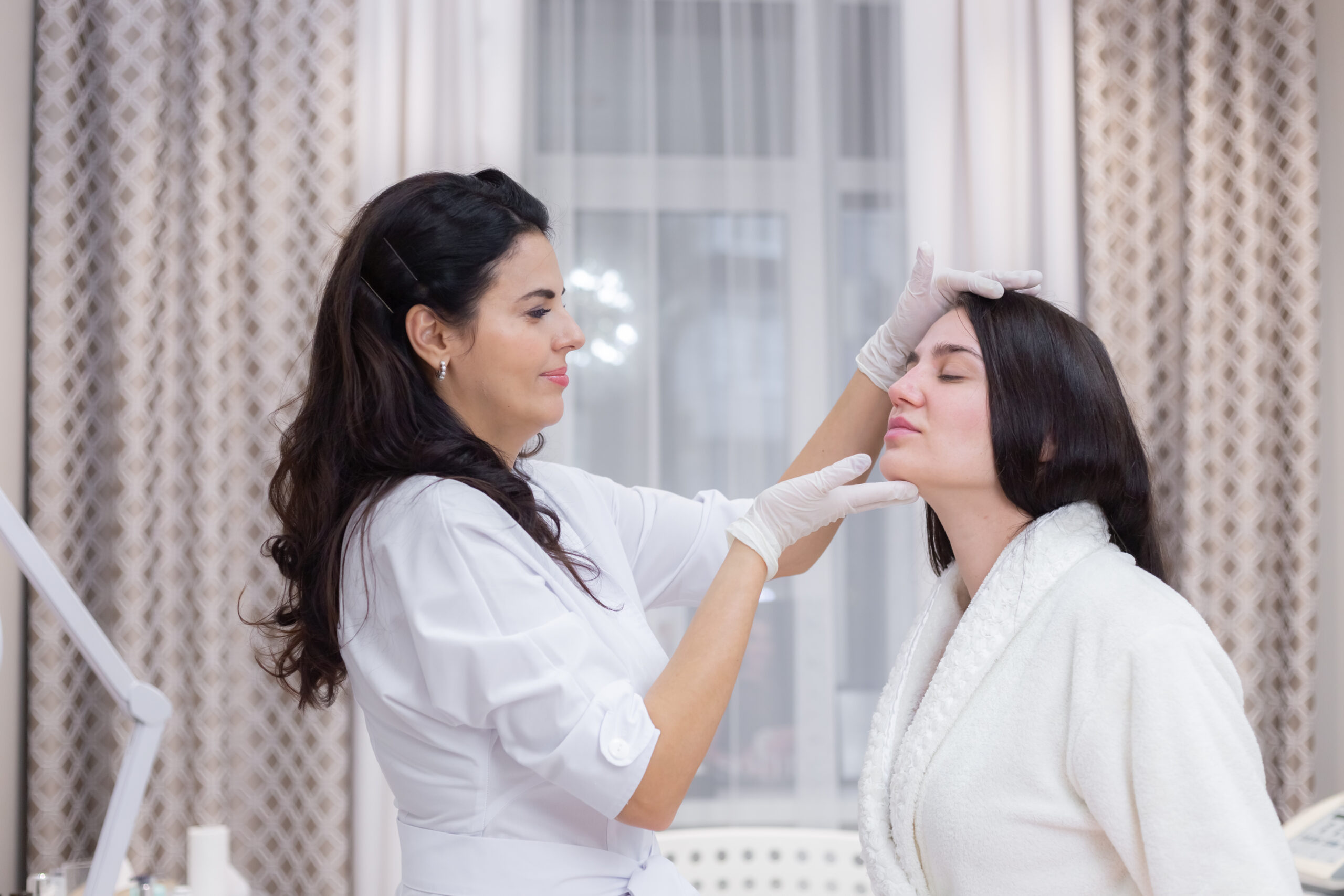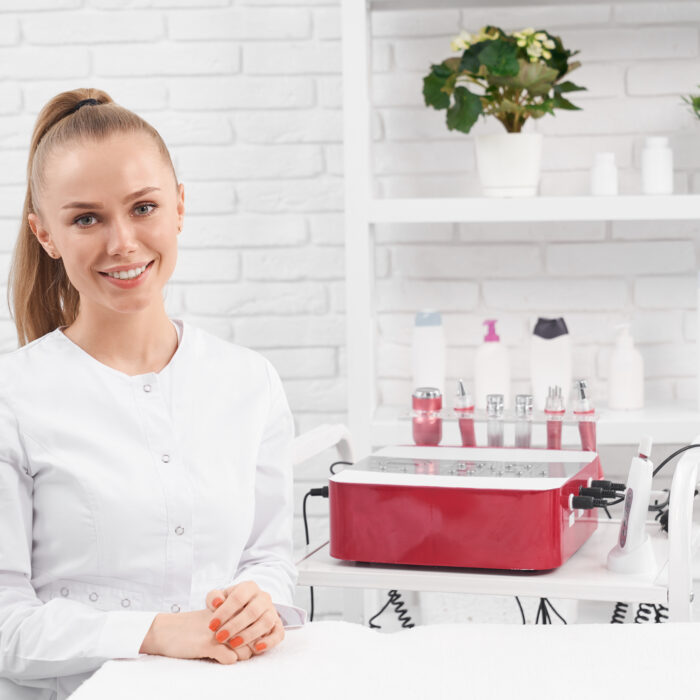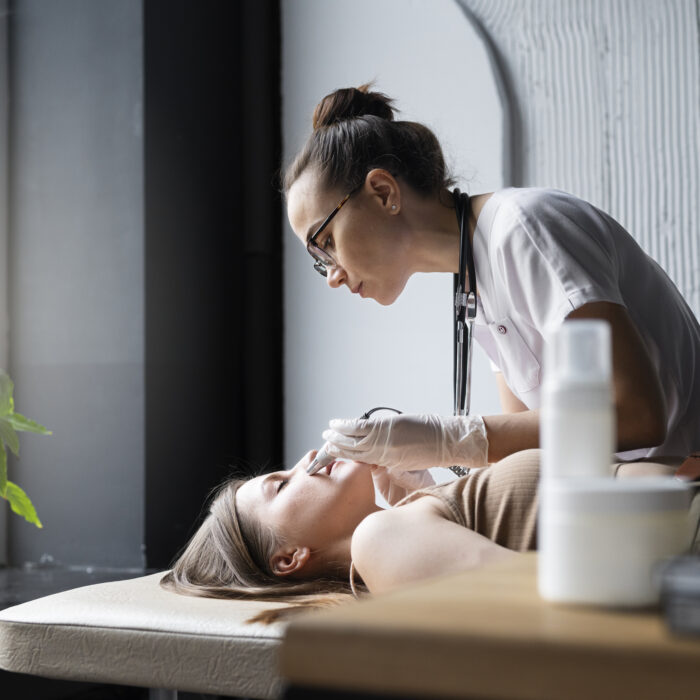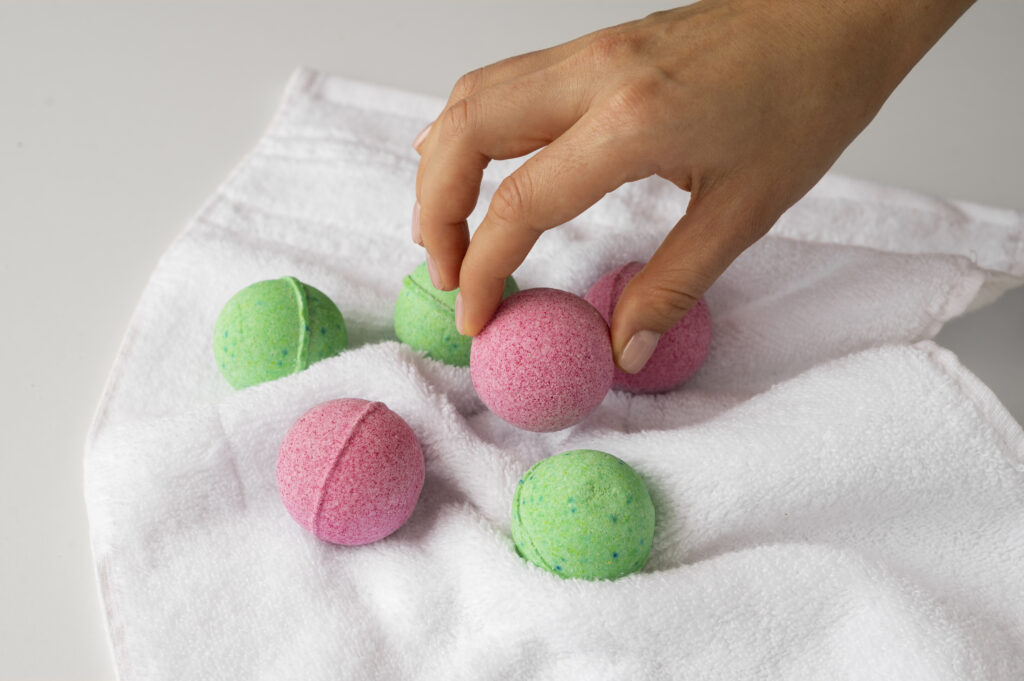
Nothing beats the relaxing pleasure of a foot spa after a long day. A foot spa is a relaxing, pain-relieving, or simply pampering way to unwind. But what if you want to enhance the experience? Enter bath bombs, the multicolored, bubbly balls of relaxation that have taken the self-care world by storm. With its appealing scents, skin-softening characteristics, and spa-like effects, adding one to your foot spa is tempting for an extra dose of enjoyment. But first, you should examine whether bath bombs are safe for your foot spa and your feet.
Bath bombs and foot spas may appear to be a perfect match, but it’s important to consider the potential benefits and drawbacks. From the effect of bath bomb components on your skin to the wear and tear they may wreak on your foot spa, there’s more to this combination than meets the eye. Let’s go into the details of whether you can safely utilize bath bombs in a foot spa and how to do so without jeopardizing your relaxation or the equipment.
What Are Bath Bombs Made Of?
Bath bombs are a lovely combination of essential oils, perfumes, colorants, and fizzing agents that dissolve in water, providing a spa-like experience. When baking soda (sodium bicarbonate) and citric acid come into contact with water, they react, producing a fizzing effect. Beyond their visual beauty, many bath bombs contain skin-nourishing substances like shea butter, coconut oil, or Epsom salts, intended to moisturize and soothe the skin.
However, bath bombs may contain synthetic perfumes, glitter, and dyes, which may not be suitable for sensitive skin or certain types of equipment. This is why knowing their makeup is essential before employing them in a foot spa.
The Potential Benefits of Using Bath Bombs in a Foot Spa
Using bath bombs in a foot spa may elevate a simple soak to a wonderfully relaxing and revitalizing experience. The combination of warm water and a bath bomb’s effervescent, scented characteristics can help relieve stress while improving your mood. Essential oils, which are typically used in bath bombs, provide calming aromatherapy that promotes relaxation and provides a spa-like environment.
Bath bombs, in addition to their sensory appeal, can be beneficial to the skin. Ingredients such as shea butter, coconut oil, and Epsom salts hydrate and exfoliate your feet, leaving them soft and invigorated. These nourishing chemicals can significantly impact people who suffer from dry skin or rough spots. The brilliant colors and frothy textures bring fun and luxury to your routine, transforming a simple foot soak into a soothing experience.
The Risks of Using Bath Bombs in a Foot Spa
Despite their attraction, bath bombs have some negatives when utilized in a foot spa. One of the main problems is the residue that they leave behind. Many bath bombs contain oils, glitter, and dyes, which can stick to the surfaces of your foot spa and cause build-up over time. This residue may block the jets or filters, resulting in unpleasant odors or mechanical troubles.
Bath bombs can be difficult for people with sensitive skin to use. Some contain synthetic perfumes or harsh chemicals, which can irritate the skin or cause allergic responses. If you have a skin disease such as eczema or psoriasis, you should exercise extra caution because certain chemicals may worsen symptoms. Furthermore, the oils in bath bombs might cause a slick surface inside the foot spa, increasing the likelihood of spills or accidents.
Foot spas are not typically constructed to accommodate bath bomb use. Glitter or undissolved particles may interfere with the processes, resulting in wear and tear over time. As a result, before using any spa additions, always read the manufacturer’s instructions carefully.
How to Safely Use Bath Bombs in a Foot Spa
Bath bombs in a foot spa can be used safely with a few precautions. First, make sure your foot spa is suitable with bath bombs. Check the manufacturer’s instructions to avoid accidentally damaging the device or invalidating its warranty.
Another important step is to choose bath bombs made from simple, natural components. Choose products that do not contain glitter, heavy oils, or strong dyes to reduce the chance of residue buildup and skin irritation. Using a smaller quantity of the bath bomb, such as half or even a quarter, can lower the concentration of chemicals in the water while still providing the desired advantages.
After using a bath bomb, carefully clean your foot spa to keep debris from accumulating and blocking the system. A short rinse after usage, followed by a gentle cleaning solution, can help keep the spa effective. It’s also a good idea to try any new bath bomb on a small skin area to ensure it doesn’t irritate or hurt.
Alternatives to Bath Bombs for a Foot Spa
If you’re not confident about utilizing bath bombs in your foot spa, there are lots of safe and effective options to improve your soaking experience. Ingredients such as Epsom salts are popular because they provide natural exfoliation and muscle relaxation while leaving no residue. Essential oils like lavender, tea tree, and peppermint can give aromatherapy while keeping the water clean and free of clogging agents.
Homemade soaks are another excellent choice. A honey-milk mixture, for example, can naturally moisturize and soften the skin, whereas oatmeal soothes and calms inflammation. Furthermore, many brands provide foot spa-specific additives designed to dissolve completely without damaging the equipment, making them a worry-free option for regular usage.
While bath bombs can add a luxury and sensual element to your foot spa, it’s crucial to balance their hazards and advantages. You can enjoy their calming benefits safely if you take care such as using them sparingly, selecting the right items, and maintaining your equipment.
For those who like to play it safe, Epsom salts, aromatic oils, and foot spa-specific solutions are equally delightful methods to treat your feet. Ultimately, whether or not you use bath bombs, the goal is the same: to create a relaxing, revitalizing experience that will leave you feeling calm and rejuvenated.

